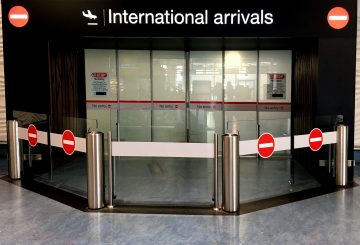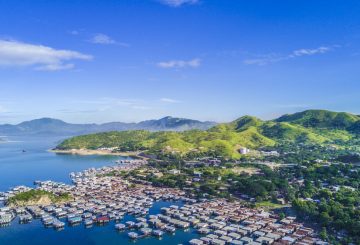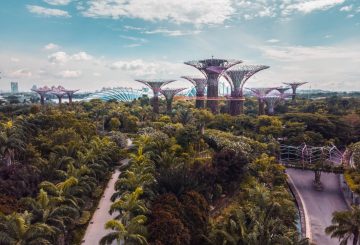작성자: 마이클 마르티나, 로이터
워싱턴에 본사를 둔 싱크 탱크가 수집한 새로운 위성 이미지에 따르면 중국은 남극 지역의 다섯 번째 기지 건설이 2018년 이후 처음으로 재개되었음을 보여주는 남극 발자국을 늘리고 있습니다.
베이징은 북극에서 새로운 항로를 개발하고 남극 대륙에서 연구를 확대하기 위해 노력해 왔지만 서방 정부는 극지방에서의 입지가 증가함에 따라 인민 해방군 (PLA) 의 감시 능력이 향상될 수 있다고 우려하고 있습니다.
로스 해 (Ross Sea) 근처의 인익스프레서블 섬에 위치한 새 관측소에는 위성 지상 관측소를 갖춘 천문대가 포함될 것으로 예상되며, 이는 중국이 대륙 접근 능력의 “주요 격차를 메우는”데 도움이 될 것이라고 전략 및 국제학 센터 (CSIS) 는 보고서에서 밝혔다.
CSIS는 1월에 촬영한 위성 사진을 사용하여 5,000제곱미터 규모의 역에 새로운 지원 시설, 임시 건물, 헬리콥터 착륙장 및 더 큰 본관을 지을 기초를 확인했습니다.2024년까지 공사가 완료될 것으로 예상했습니다.
이 기지는 호주와 뉴질랜드 전역의 신호 정보와 호주의 새로운 아넘 우주 센터에서 발사된 로켓에 대한 원격 측정 데이터를 수집하기에 좋은 위치에 있다고 밝혔다.
완공되면 이 역에는 중국의 Xuelong 쇄빙선을 위한 부두가 포함될 것으로 예상됩니다.
CSIS는 로이터 통신에 미국이 맥머도 기지의 가장 큰 시설을 포함하여 남극 대륙에서 여전히 더 큰 연구 입지를 유지하고 있지만 중국의 입지는 더 빠르게 증가하고 있다고 말했다.중국의 다섯 번째 역은 맥머도 역에서 320km 떨어져 있을 것이라고 밝혔다.
중국은 그러한 방송국이 스파이 활동에 사용될 것이라는 주장을 거부합니다.
크레딧: radionz.co.nz





























































